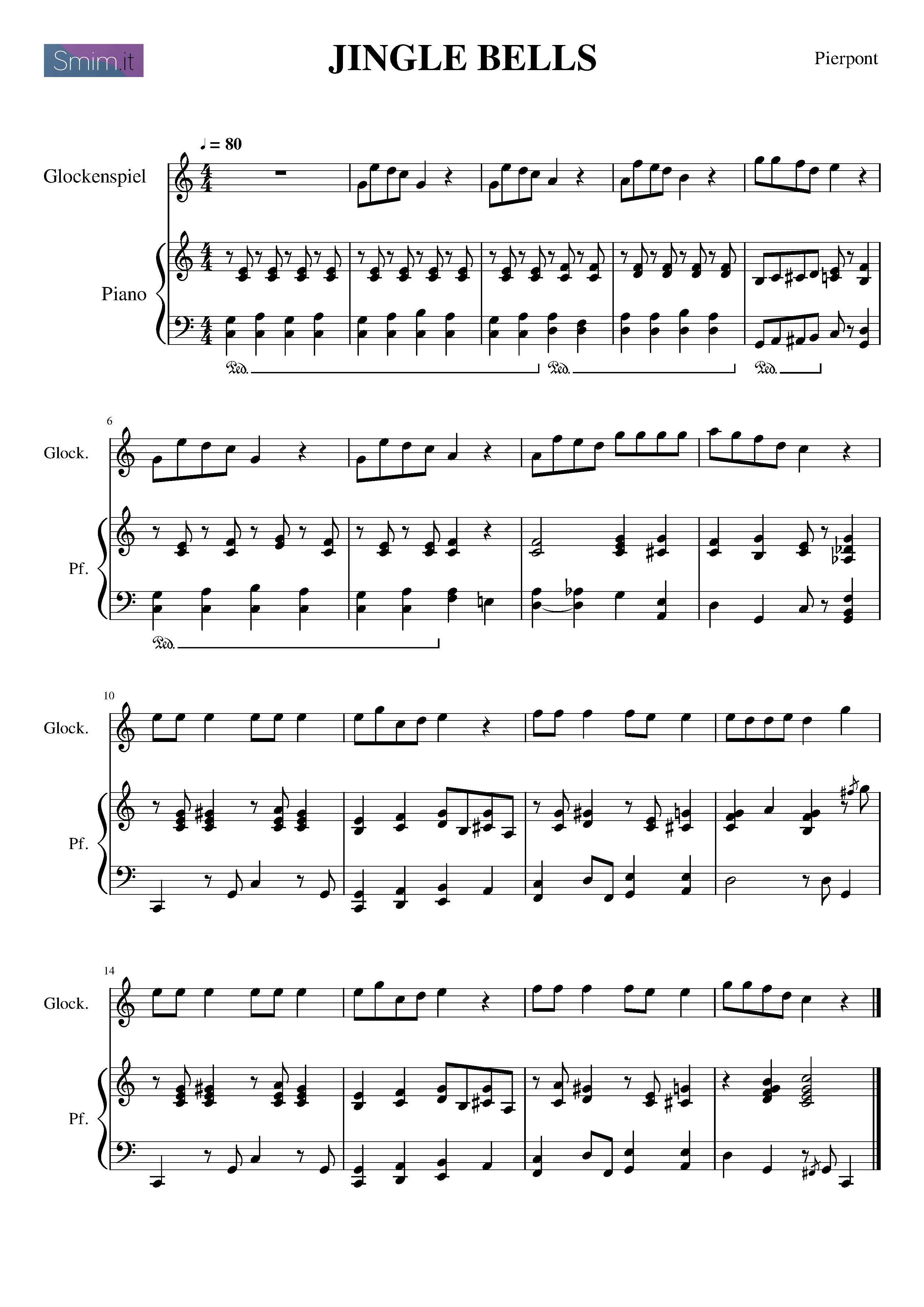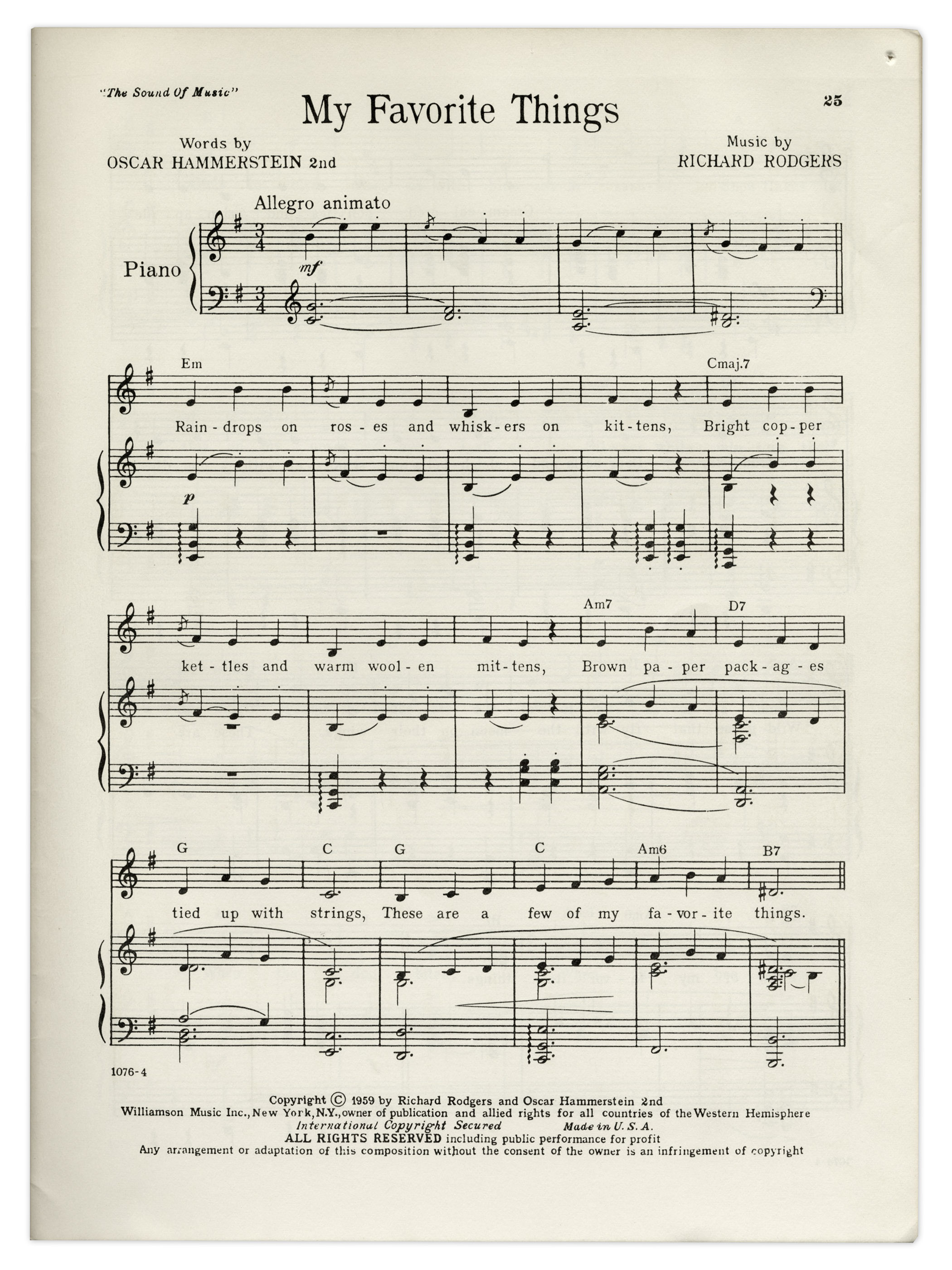

In common time, the quarter note lasts 1 beat. The quarter note is one-fourth the value of the whole note. In common time, the half note lasts 2 beats. The half note is one-half the value of the whole note.

In common time, the whole note lasts 4 beats. The whole note is the base note for all other notes in a piece of music.

Below is a table of commonly used notes and their durations: Note durations are represented by symbols and the best way to remember their ‘values’ is simply through rote memorization. One key component to keeping rhythm when playing a piece of music is to know how long a note should last. This signals the musician that even though the key signature shows the note as sharp or flat, it should be played normally. If this is the case, the natural symbol (shown to the left) will be displayed before the note. Sometimes, regardless of the key signature, certain notes need to be played normally. See if you can determine which notes will get changed based on the mnemonic devices introduced in the “Staff and Clefs” section above. For example, the side by side images below demonstrate examples of both sharp and flat key signatures. These notes are then played as sharps or flats throughout the entire piece of music, regardless of the octave. These symbols tell the musician which notes get played a half-step higher (sharp) or a half-step lower (flat).
#MUSIC SHEETS SERIES#
The key signature is a series of sharp or flat symbols located directly to the right of the clef. So the first half of the staff (E-F-G-A-B) is in the 4th octave, while the second half (C‑D‑E-F) is in the 5th octave. Octaves increase or decrease in value from note C to note C. The first highlighted “E” note is considered to be in the 4th octave, while the second highlighted “E” note is in the 5th octave. Since the pitch of a note gets higher or lower depending on the octave, a number system exists to help keep track of each octave. Conversely, as octaves decrease down the staff, the pitches of the notes decrease. As the octaves increase up the staff, the pitch of each note increases. Octaves are measured note to note, for example: C-to-C or A-to-A. The notes between and including the “E’s” form what’s known as an octave, or a sequence of 8 musical notes. Take a look below and see if you can identify the pattern that is beginning to emerge: Sadly, the spaces between the lines don’t spell anything for the bass clef (A, C, E, G) but you can use the phrase “ All Cows Eat Grass” to help you remember. Here, the order of notes changes to: G, B, D, F, A which can be remembered the mnemonic device “ Good Burritos Don’t Fall Apart.”
#MUSIC SHEETS HOW TO#
The next image displays how to read notes for the bass clef. For example, the staff lines for the treble clef read: E, G, B, D, F-which can be remembered through the phrase “ Every Good Boy Does Fine.” You can also memorize the spaces between the lines as they spell the word “FACE.” The image below displays how to read notes for the treble clef, and these notes can be easily remembered through the use of mnemonic devices. The treble clef is used for higher notes, such as those for a soprano singer, flute, violin, or for the pianist, any note above “Middle C.” The bass clef is used for lower notes, such as a bass or baritone singer, tuba, trombone, or any note below “Middle C” on a piano. When reading sheet music, one of two clefs will be used-treble or bass. This symbol lets the musician know which notes to play as well as the octave to play them in. The symbol that appears at the beginning of every staff is known as a clef. Each note on a staff increases by one letter from a line to a space, and by two letters from line to line. It is a set of 5 lines with 4 spaces in between that holds the information needed for the musician to play the correct notes, in the correct tempo, at the right pitch. The staff is perhaps the most important building block of reading sheet music.
#MUSIC SHEETS CODE#
After all, without knowing how to do that, translating it into code would be tricky business! These next sections will introduce the basics of reading sheet music, so the next time you want to feature a favorite song in a BASIC Stamp application, you’ll be ready to go. Build the circuit as shown below in Figure 1.įigure 1 - Piezoelectric Speaker Schematic and Wiring Diagramīefore any PBASIC coding can happen, it would be best to cover the basics of reading sheet music. All that is needed for this project is a piezoelectric speaker.


 0 kommentar(er)
0 kommentar(er)
